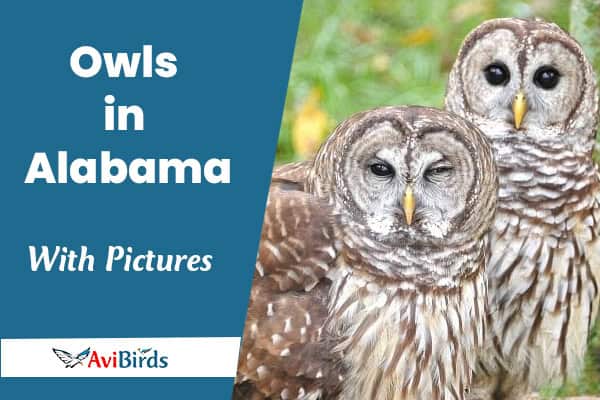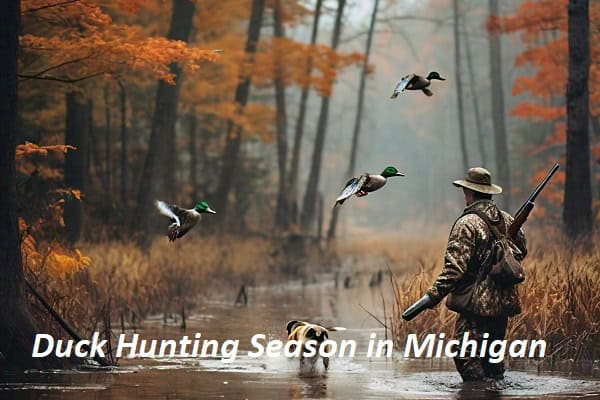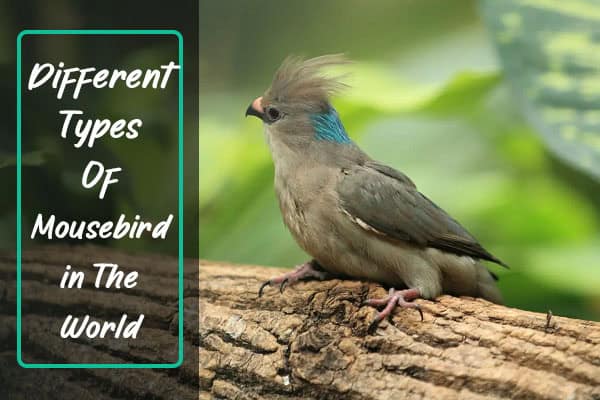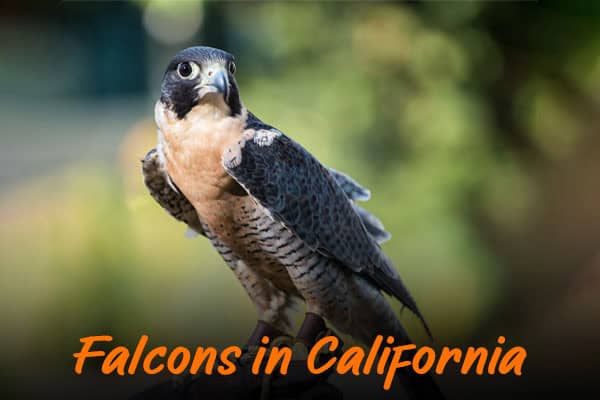8 Types of Owls In Maryland (ID Guide With Photos)
Owls in Maryland have always fascinated me. These birds are truly remarkable, From haunting calls to their silent flight. I’ve researched their habitats and behaviors, uncovering surprising facts that most people overlook. Did you know some species are excellent at hunting in complete darkness? Join me as I explore the enchanting world of Maryland’s owls, revealing their secrets and their vital role in our ecosystem. Let’s dive in!
The Habitats of Owls
Owls in Maryland live in many different places. They can be found in forests, marshes, and even city parks. Each place offers something special for these birds.
The Barred Owl loves dense woods. It finds cover and homes there. In contrast, the Barn Owl prefers open fields. It hunts small mammals in these areas.
Every owl has its own way of living. Some nest in trees, while others hide in low plants. Knowing where to find them is exciting for owl watchers.
| Owl Species | Preferred Habitat | Nesting Sites | Hunting Grounds |
|---|---|---|---|
| Barred Owl | Dense forests | Tree cavities | Near water bodies, wooded areas |
| Barn Owl | Open fields, farmlands | Buildings, tree cavities | Grasslands, agricultural land |
| Great Horned Owl | Woodlands, urban areas | Tree branches, ledges | Open terrain, fields |
Learning about owl habitats in Maryland is fascinating. It shows how important it is to protect their homes. This helps owls thrive in our world.
1. Great Horned Owl
- Scientific Name: Bubo virginianus
- Size: 45–63 cm (18–25 in)
- Weight: 1.4–2.5 kg (3.1–5.5 lb)
- Lifespan: Up to 28 years in the wild
- Diet: Primarily small mammals, birds, and reptiles
The Great Horned Owl, known as Bubo virginianus, is a favorite among birdwatchers. It’s known for its large size and ear tufts. These features make it easy to spot and identify.
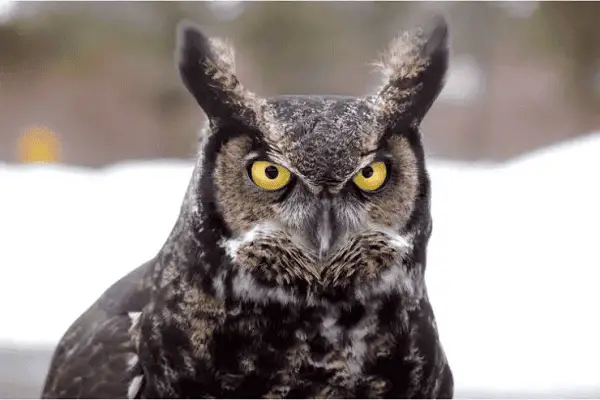
These birds can grow up to 17 to 25 inches long. Their wings can spread up to 5 feet wide. Their grayish-brown feathers help them blend into their surroundings.
Identification and Characteristics
Here are some key traits of the Great Horned Owl:
- Prominent tufts resembling horns
- Bright yellow eyes that offer keen night vision
- Mottled feathers aiding in effective camouflage
- Strong, powerful talons used for hunting
This owl is very adaptable, living in forests and cities. It’s a top predator, hunting small mammals and birds. Its loud hoots and screeches are common in Maryland.
Habitat and Behavior
The Great Horned Owl lives in different places:
| Habitat Type | Characteristics |
|---|---|
| Forests | Dense coverage with ample hunting opportunities |
| Wetlands | Rich in prey species, offering diverse feeding grounds |
| Urban Areas | Adaptable to human presence, often nesting on rooftops or in parks |
This owl hunts at night, using stealth and surprise. Knowing its habits helps in spotting it in Maryland.
2. Barred Owl
- Scientific Name: Strix varia
- Size: 40–63 cm (16–25 in)
- Weight: 0.5–1.4 kg (1.1–3.1 lb)
- Lifespan: Up to 10 years in the wild
- Diet: Small mammals, birds, amphibians, and insects
The Barred Owl, known as Strix varia, is found in Maryland’s forests. It has a large, rounded head and striking plumage. This makes it easy to spot. It stands tall, from 16 to 25 inches, with a wingspan of nearly 49 inches.
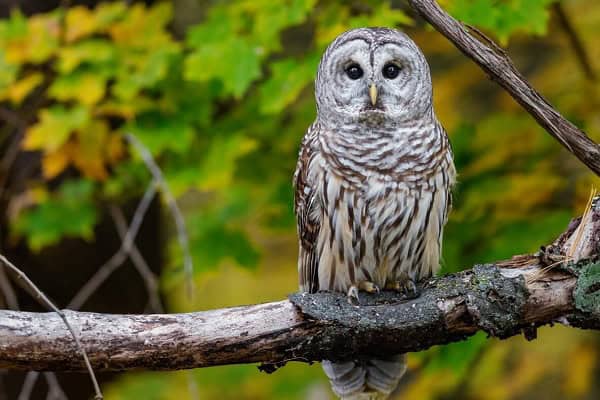
Identification and Vocalization
The Barred Owl has dark eyes and a pale facial disc. Its feathers have horizontal stripes and are mottled. Its owl calls are famous, sounding like “Who cooks for you? Who cooks for you all?”
Barred Owls live in mature forests and near people. They adapt well to different places. This makes them interesting to study.
3. Barn Owl
- Scientific Name: Tyto alba
- Size: 33–39 cm (13–15 in)
- Weight: 0.5–1.2 kg (1.1–2.6 lb)
- Lifespan: Up to 4 years in the wild (can live longer in captivity)
- Diet: Primarily small mammals, particularly rodents
The Barn Owl, known as Tyto alba, has a heart-shaped face and striking feathers. It is medium-sized, with a wingspan of 31 to 37 inches. It lives near humans, often in barns and old buildings.
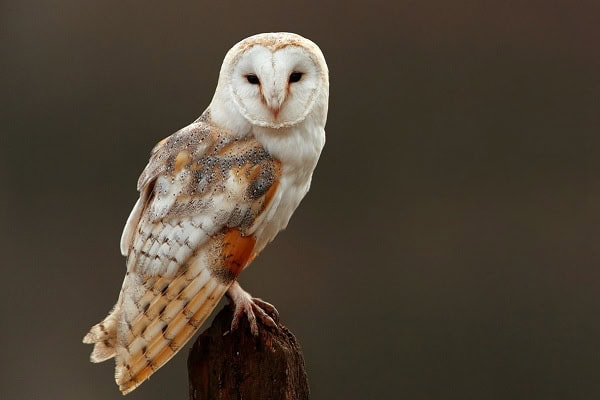
Unique Traits and Diet
The Barn Owl is known for its silent flight. This lets it sneak up on prey. Its diet mainly includes small rodents, helping farmers control pests.
It also makes a haunting screech. This sound is different from other owls. At night, it glides through the air, using its sharp hearing to find food.
| Characteristic | Details |
|---|---|
| Scientific Name | Tyto alba |
| Size | 13 to 15 inches |
| Wingspan | 31 to 37 inches |
| Diet | Small rodents |
| Distinct Sound | Haunting screech |
4. Eastern Screech Owl
- Scientific Name: Megascops asio
- Size: 19–25 cm (7.5–10 in)
- Weight: 150–300 g (5.3–10.6 oz)
- Lifespan: Up to 8 years in the wild
- Diet: Insects, small mammals, birds, and amphibians.
The Eastern Screech Owl, known as Megascops asio, is a small bird. It grows from 6.5 to 10 inches long. They come in two colors: gray and rufous.
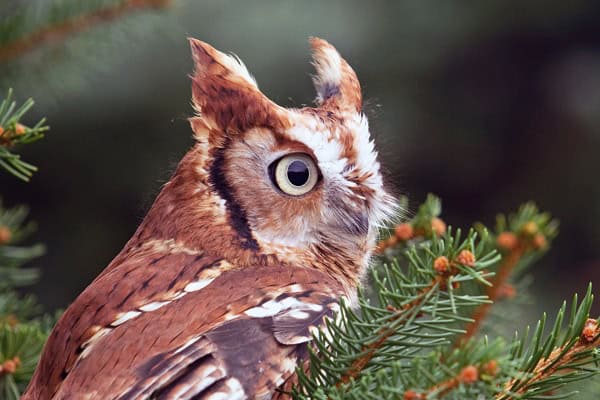
These owls live in many places. You can find them in cities, parks, and gardens in Maryland. Their adaptability makes them common.
Eastern Screech Owls are great hunters. They eat insects, small mammals, and birds. They sneak up on their prey, using stealth instead of speed.
Listen for their soft, whinny calls. These calls help you find them in the wild.
Learning about Megascops asio makes watching wildlife better. Their presence in Maryland shows why we need green spaces. Protecting their homes helps these magical birds survive.
| Feature | Details |
|---|---|
| Size | 6.5 – 10 inches |
| Color Morphs | Gray and Rufous |
| Main Diet | Insects, Small Mammals, Birds |
| Habitat | Urban, Suburban, Parks, Gardens |
| Vocalization | Soft, Whinny Calls |
5. Short-eared owls
- Scientific Name: Asio flammeus
- Size: 33–43 cm (13–17 in)
- Weight: 200–600 g (7.1–21.2 oz)
- Lifespan: Up to 10 years in the wild
- Diet: Primarily small mammals
The Short-Eared Owl, known as Asio flammeus, is a bird you might see in Maryland during winter. It likes open fields and grasslands. This makes it fun to watch in its home.
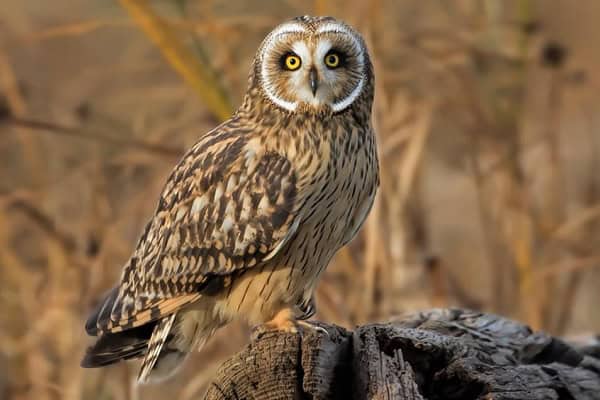
It’s medium-sized, with a body 13 to 17 inches long. Its wingspan is 33 to 40 inches. Its feathers and markings are striking, making it easy to spot.
Identification and Migration Patterns
In winter, you’ll see more Short-Eared Owls as they head to warmer places. They have a round face and yellow eyes. These features help you spot them from far away.
Their brown and buff feathers blend well with grassy areas. They hunt during the day, which is different from other owls.
- Medium-sized owl with distinctive markings
- Round face and yellow eyes for easy identification
- Active hunting behavior often seen in daylight
When you’re in Maryland’s fields looking for the Short-Eared Owl, watch for their aerial shows. Knowing their migration patterns helps you see them in action.
| Characteristic | Description |
|---|---|
| Scientific Name | Asio flammeus |
| Body Length | 13-17 inches |
| Wingspan | 33-40 inches |
| Habitat | Open fields and grasslands |
| Behavior | Daytime hunting; migratory |
Owls In Maryland: A Look at Rare Species
In Maryland, rare owls are very interesting. Many know about common owls like the Great Horned Owl. But, there are others that are less seen but just as fascinating. Knowing about these rare owls helps protect them and their homes.
Noteworthy Rare Owls and Their Characteristics
Two rare owls in Maryland stand out: the Long-Eared Owl and the Snowy Owl. Each has special traits and needs for protection.
- Long-Eared Owl:
- Identification: This owl has long ear tufts and bright orange eyes.
- Habitat: Loves wooded areas and thick plants.
- Conservation Status: Its numbers are going down because of lost homes.
- Snowy Owl:
- Identification: Known for its white feathers and bright yellow eyes.
- Habitat: Lives in open fields and by the coast, especially in winter.
- Conservation Status: Faces threats from climate change and lost homes.
Watching over these rare owls in Maryland is key for their survival. Birdwatchers are important by sharing what they see. This helps keep track of the owls and guides how to protect them. Saving their homes is crucial so these amazing owls can keep living.
Spotting Owls: Tips and Tricks
Spotting owls can be an exciting adventure. They are hard to find and mostly active at night. With the right tips, you can see them more often.
Start by learning owl calls. Each type makes its own sound. Knowing these sounds helps you find them.
Look for feathers or pellets that owls leave behind. These signs can lead you to where they rest. Be patient and stay quiet in places where owls are known to be.
Knowing when owls are most active helps a lot. Some, like Barn Owls, are active at twilight. Go out then to see them better.
Using these tips makes spotting owls fun. It connects you with nature and the amazing world of owls.
Read More🐦Related Articles:
| Owls In Kentucky |
| Eagle of Florida |
| Owls in South Carolina |
| Backyard Birds of Hawaii |
| Woodpeckers in Michigan |
Conclusion
Maryland is home to many owl species. EacWoodpeckers in Michiganh one has special ways to live in its own place. Learning about their habits and looks can make you love them more.
Whether you love birds or are just starting, seeing owls can make your time outside better.
When you explore Maryland’s woods, fields, and forests, you help us learn more about owls. Knowing about them is key to keeping them safe.
Birdwatching is fun and helps protect these amazing birds. It lets you care for their homes too.
You can help owls by sharing what you see and know with others. Together, we can make sure owls in Maryland stay safe for years to come.


